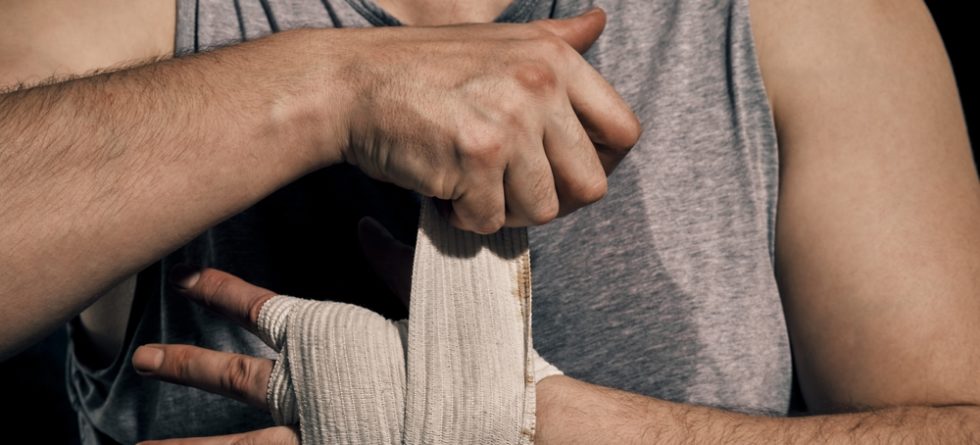A boxer’s fracture is a break in the metacarpal bone of the hand that connects to the pinky finger, specifically the metacarpal neck. Whether or not you can move your fingers with a Boxer’s fracture depends on the severity of the fracture and whether the fracture has affected the surrounding structures like tendons, muscles, or nerves. Here’s a general guideline:
- Minor Fracture: In some cases, you may still be able to move your fingers to some extent, even with a Boxer’s fracture. The severity of the pain, swelling, and deformity can vary, but finger movement might be limited and painful.
- Complete Fracture: If the fracture is more severe and the bone is significantly displaced or angulated, finger movement is likely to be impaired. You may find it extremely painful and difficult to move the fingers connected to the injured metacarpal.
- Nerve or Tendon Damage: A boxer’s fracture can sometimes cause damage to nearby nerves or tendons. If this occurs, it may lead to additional limitations in finger movement or unusual sensations.
If you suspect you have a Boxer’s fracture or any other hand injury, it’s essential to seek medical attention promptly. A healthcare professional can assess the injury, order X-rays to determine the extent of the fracture, and provide the necessary treatment, which may include immobilization with a cast or splint, realignment of the fractured bone, or surgery in severe cases.
Attempting to move your fingers on your own if you have a boxer’s fracture can worsen the injury and cause further damage. Proper medical evaluation and care are crucial to ensuring the best possible outcome and preventing long-term complications.



